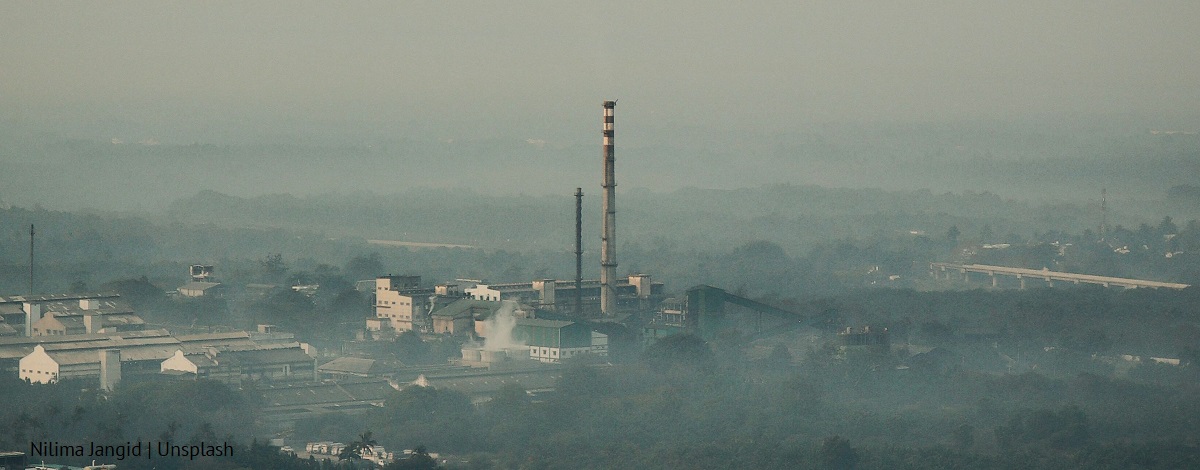It has been known for a long time that air quality is affected by emission of harmful gases into the atmosphere. Gases composed of six compounds containing nitrogen and oxygen deserve special attention. These are so-called NOx gases. It is worth mentioning that two of them are harmful components of smog. We are talking about a mixture of nitrogen oxide and nitrogen dioxide which is several times more toxic that sulphur oxide (SO2), and ten times more harmful that carbon oxide (CO).
Nitrogen oxides are released into the atmosphere mostly due to the combustion of fossil fuels in the energy, transport, and manufacturing sector. On the one hand, the demand for energy continuously rises, on the other hand, we are becoming more aware of the threats of air pollution. It’s no surprise that new legal regulations restricting the emission of NOx gases are created, and producers are more and more often forced to raise the standards of the applied technological solutions. Currently, there are several known ways to deal with this challenge. The solution to this problem might be modifications of the fuel composition, i.e. removal of nitrogen compounds, improvement of fuel combustion process, and purification of gases which arises during combustion of chemical decomposition of NOx gases.
The chemists associated with the University of Silesia decided to take a closer look at the third of the above-mentioned methods, namely disposal and reduction of emission of NOx gases. They carried out research that resulted in enhancement of one of the secondary methods of NOx gases decomposition that is successfully used in industrial and power plants. This technology is the selective catalytic reduction (SCR), one of the best known methods of NOx decomposition. The SCR systems can be installed primarily in industrial and power plants. Unfortunately, the costs of catalysts used in the SCR systems are quite a challenge; therefore, the possibility of their regeneration turns out to be important. It is worth adding that in coaled-fired installations, such a catalyst functions for 3-4 years on average; in the case of solutions based on biomass combustion, their lifetime is unfortunately reduced by four times. The price of its replacement varies, depending on the size of the entire installation, and can amount to even several million euros.
In order to reduce the costs of using the effective SCR technology, the scientists from the University of Silesia, in cooperation with the owner of AD MOTO company, have developed a new, more effective and ecological method of regenerating DeNOx catalysts – fully or partially deactivated and used in power plants fuelled with hard coal or brown coal. This solution has been covered by patent protection.
The chemists have designed a solution with a specific chemical composition in which the catalyst to be regenerated is immersed. Importantly, they managed to reduce the concentration of the acids used in this solution, thus minimizing the risk of corrosion of the steel components in a catalyst.
This patented technology does not require any complex equipment, and thanks to the optimisation of the whole process and limitation of the use of many toxic salt of reactive metals, the solution is much safer for people working on the catalyst regeneration and for the environment. To make their invention even more ecological, the scientists has additionally developed and patented a method of disposal of cleaning solutions used during the regeneration process.
Thanks to the proposed remedies, the SCR technology may be cheaper, and the method method of regenerating DeNOx catalysts highly effective and friendly to people and the environment.
The inventors are scientists associated with the Faculty of Science and Technology: Dr Maciej Kapkowski, Dr Tomasz Siudyga, Assoc. Prof. Eng. Jarosław Polański and Dr Eng. Anna Niemczyk-Wojdyła. The person co-entitled to this patent is Rafał Zawisz, the owner of AD MOTO company.






